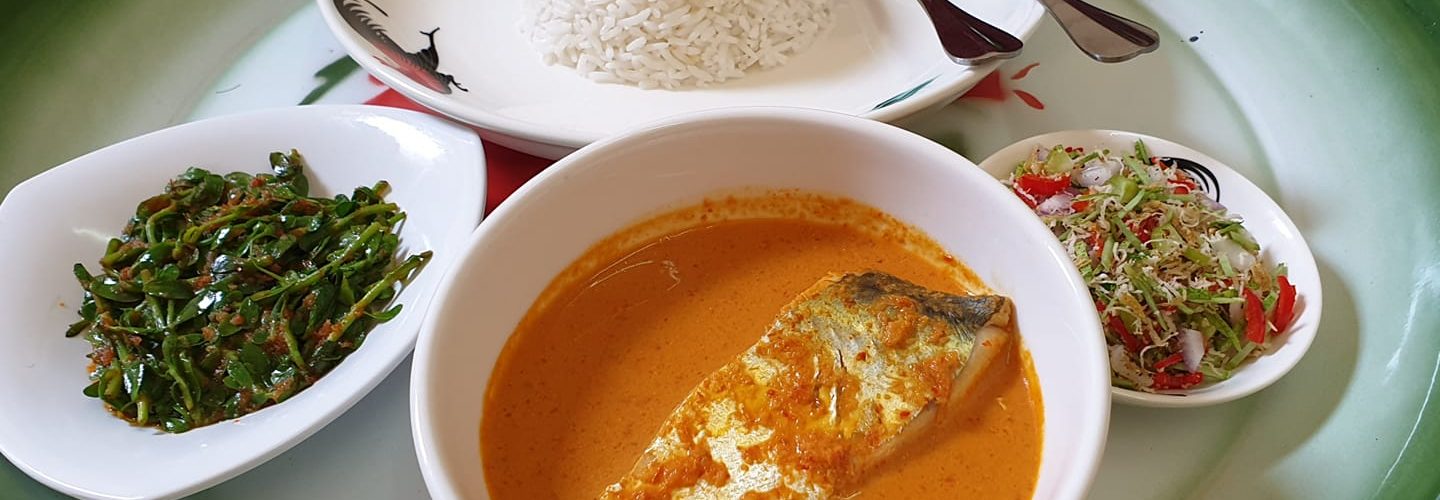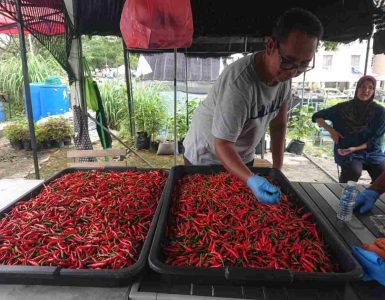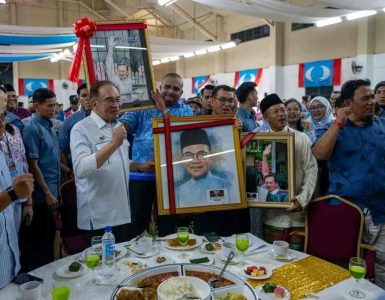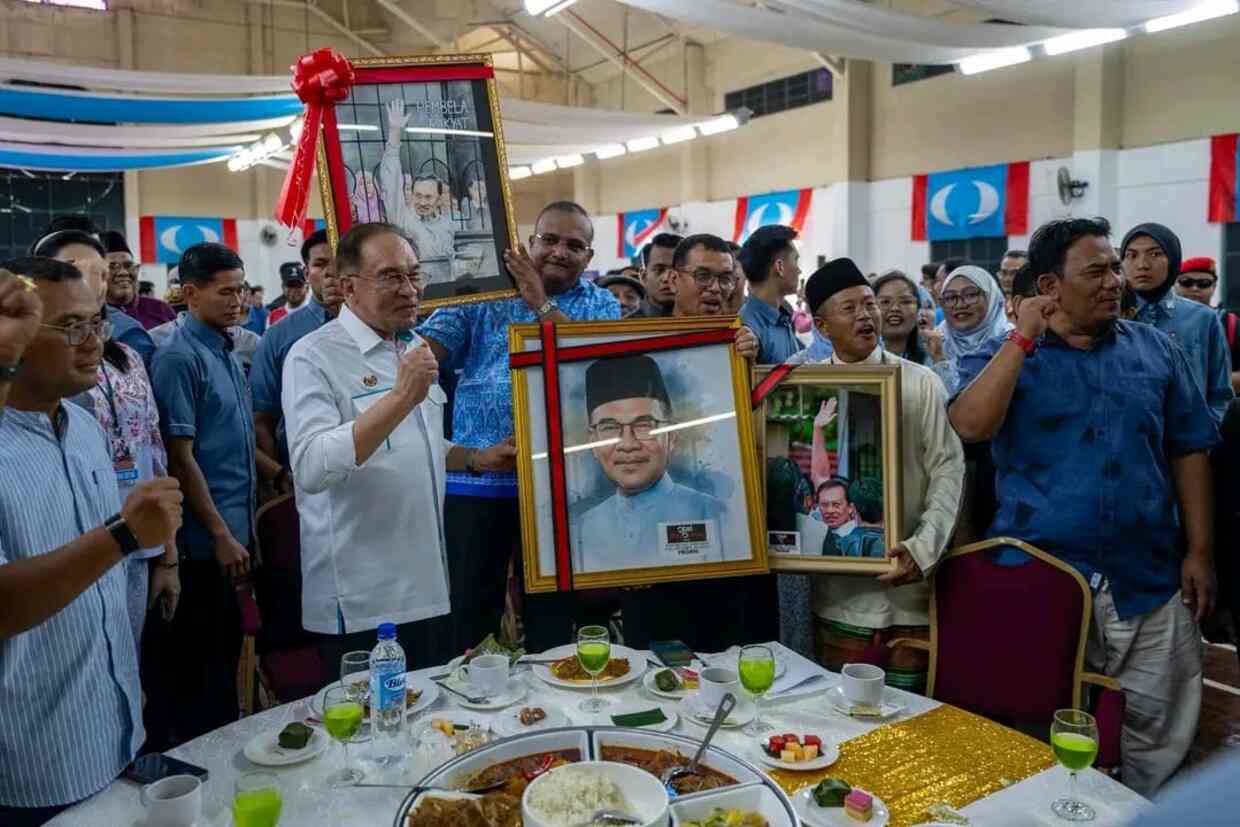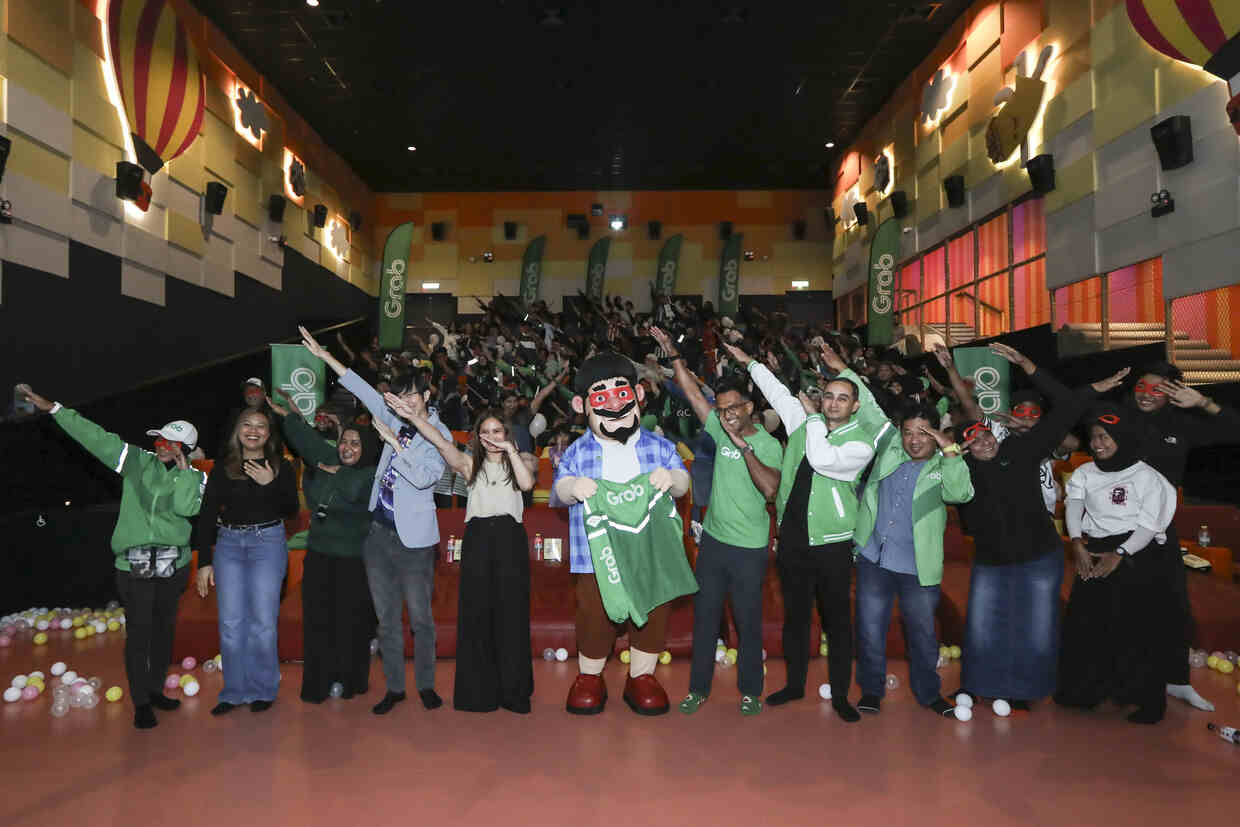Melaka is synonymous with the Peranakan Baba Nyonya or the Portuguese Kristang cuisine.
However, few even realise the existence of the oldest Peranakan community, the Melaka Chettis, who also serves unique mouth-watering delicacies.
The Chetti cuisine is a creolised ethnic cuisine of Malaysia that carries the gene of the country’s multi-ethnic traits. Its culinary heritage is a unique blend of South Indian, Malay, and Nyonya cuisines.
Wenila’s Kitchen
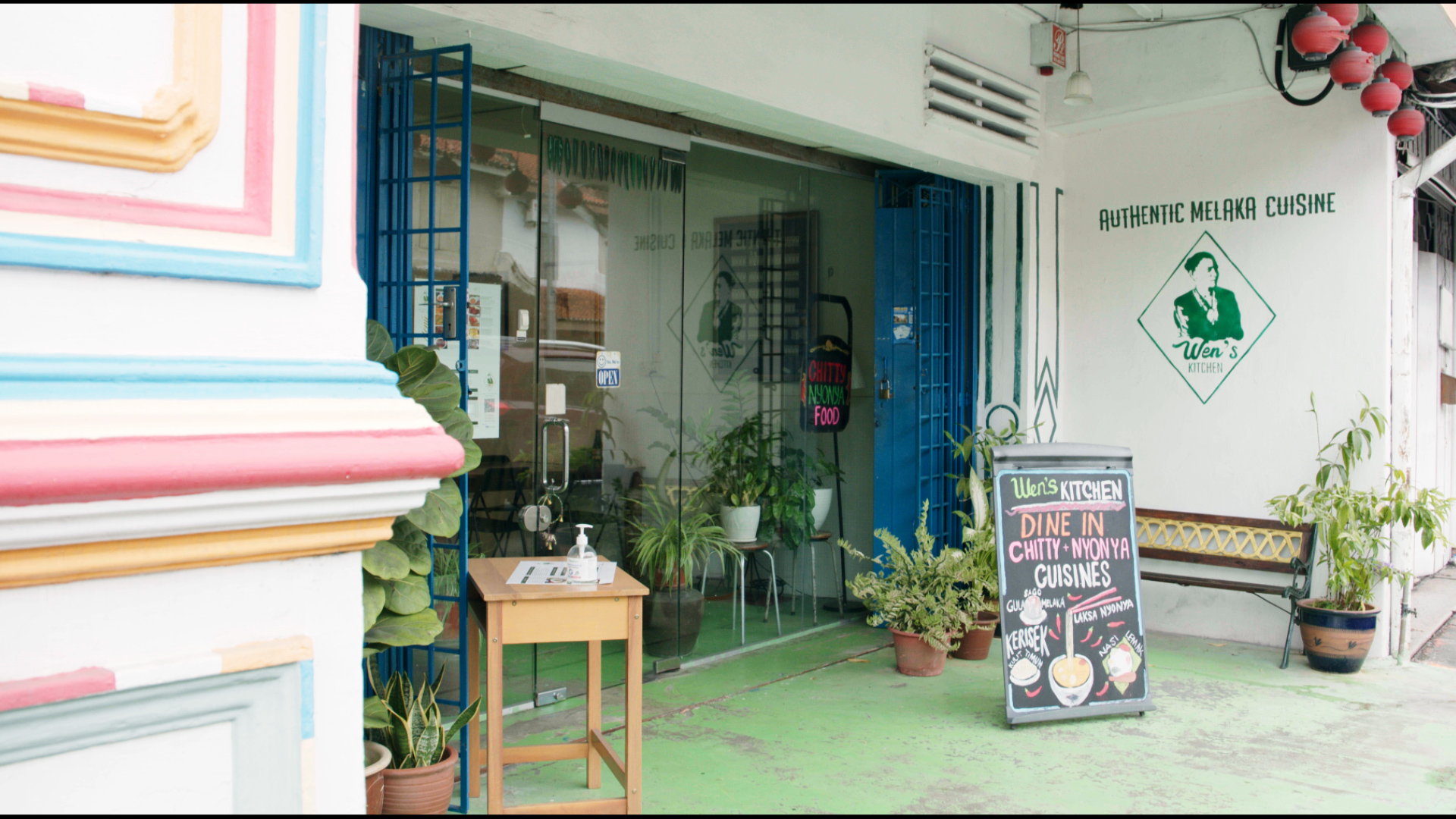
Wen’s Kitchen, located in Jalan Tengkera, serves authentic cuisines in Chetti flavours, and it is the first and only restaurant in Malaysia to feature the food of the oldest Peranakans.
Wenila Nadarajan opened this restaurant in December 2020 with her business partner Bert Tan. They serve authentic Chetti food and Nyonya staples like laksa, Ayam Pongteh and Eurasian Debal Curry.
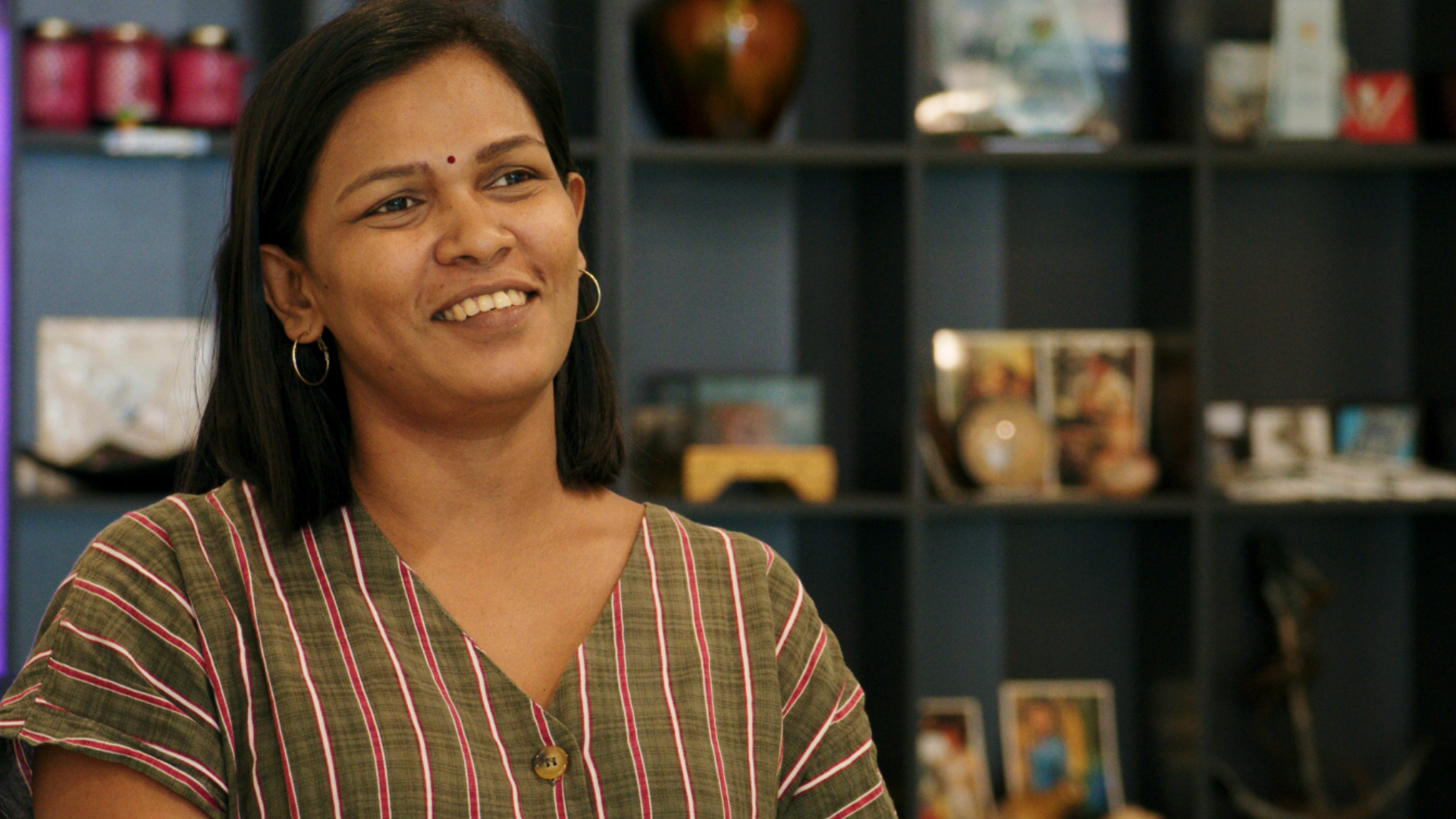
Wenila, who hails from Medan, Indonesia, married a Chetti man, Nadarajan Raja, who loved preserving and advocating his culture until his recent untimely passing.
She adopted the peranakan customs and practices and is still living in the historic Kampung Chetti with her children and in-laws.
Melaka Chetti Cuisine
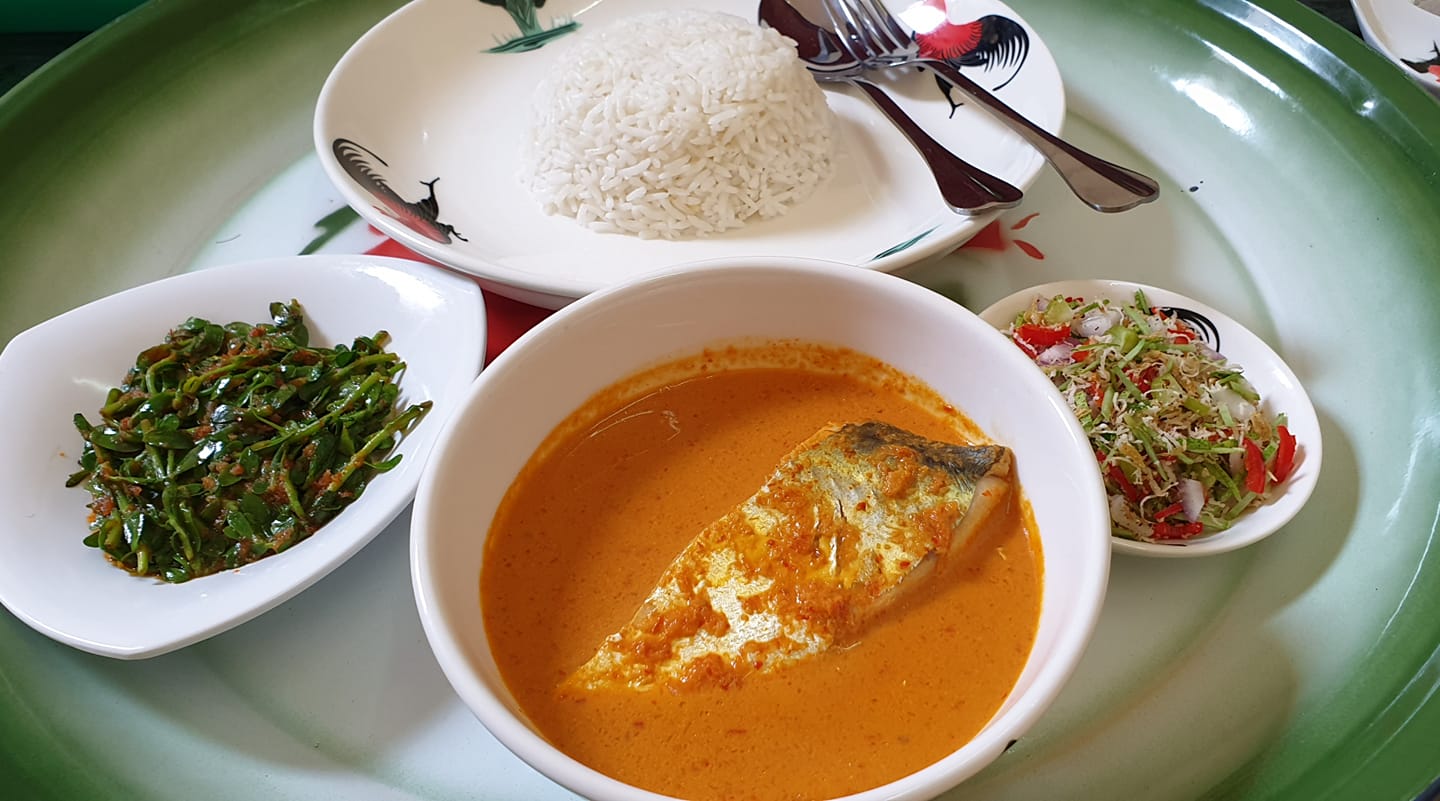
Chetti Melaka cuisine is a fascinating blend of Indian, Malay and Nyonya (Peranakan Chinese) culinary styles and offers a wide variety of delicacies for every occasion.
The traditional Indian spices are typically combined with Malay ingredients such as belacan (shrimp paste), serai (lemongrass), lengkuas (wild ginger), and pandan leaf and coconut milk.
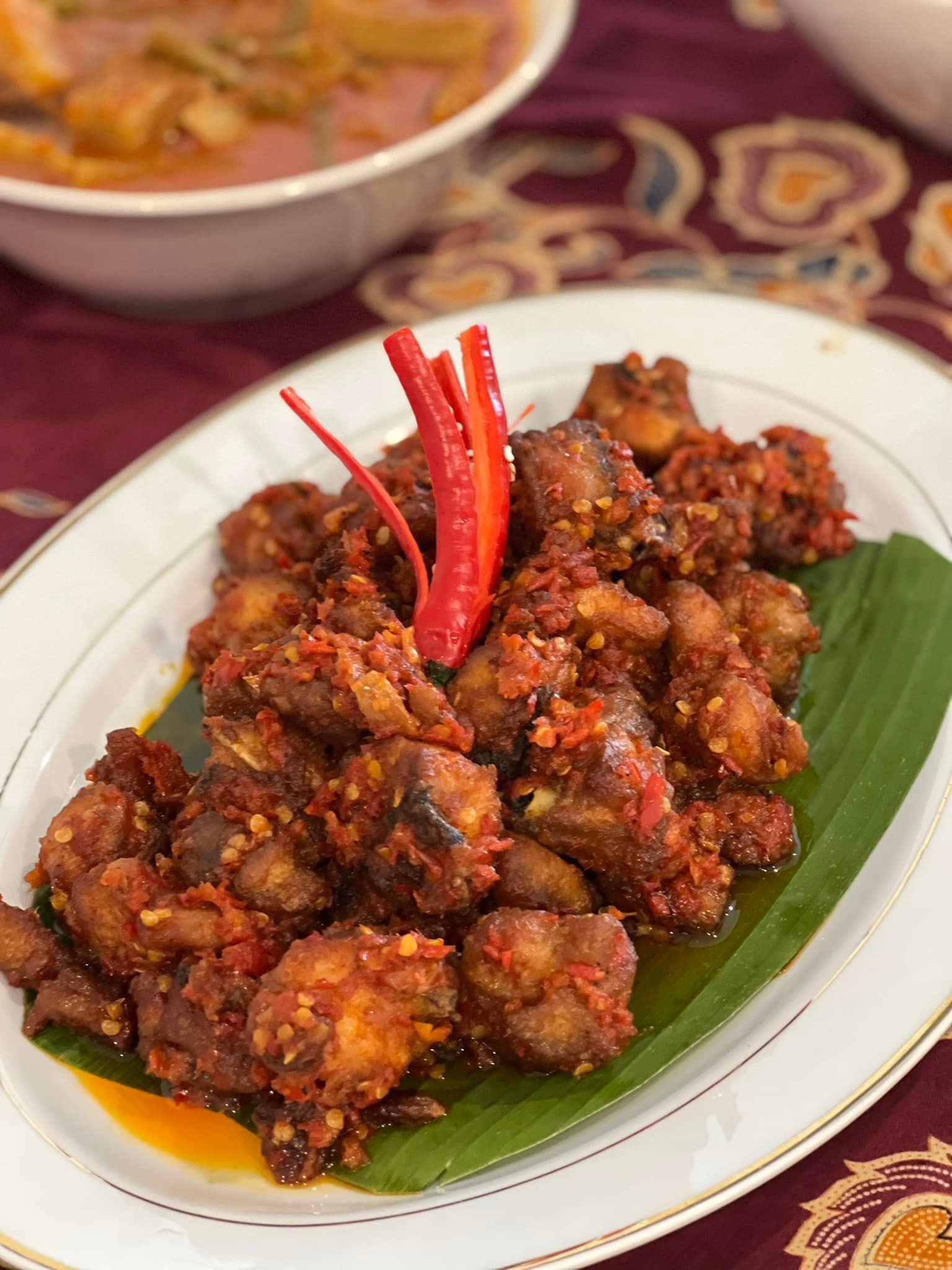
Some of the famous cuisines include pindang ikan parang, lauk pindang (fish in a tamarind curry), ikan sipat masak nanas (fish in a pineapple curry), and sambal belimbing (pickled sour fruit).
The curry dishes are typically accompanied by rice dishes like nasi lemak (fragrant rice dish) prepared uniquely using cooled steamed rice boiled with coconut milk and pandan leaves.
The Melaka Chetti History
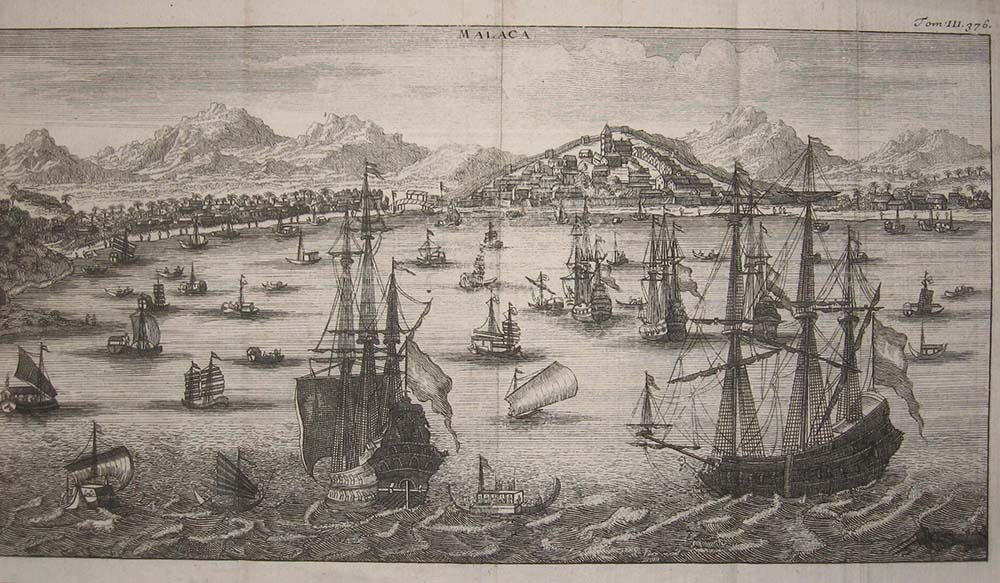
During the 15th century, Melaka was a bustling entrepôt that attracted traders worldwide.
South Indian traders from the Coromandel Coast intermarried with local Malay and Chinese women and established a Chetti Melaka community that survived the Malacca Sultanate and centuries of Portuguese, Dutch and British rule.
While these traders gradually absorbed local influences, including Straits language, food and dress, they continued to adhere to their root religious practices.
Over time, the descendants of such locally-settled traders from the Coromandel Coast came to be known as the Melaka-born Hindus or Chetti Melaka.
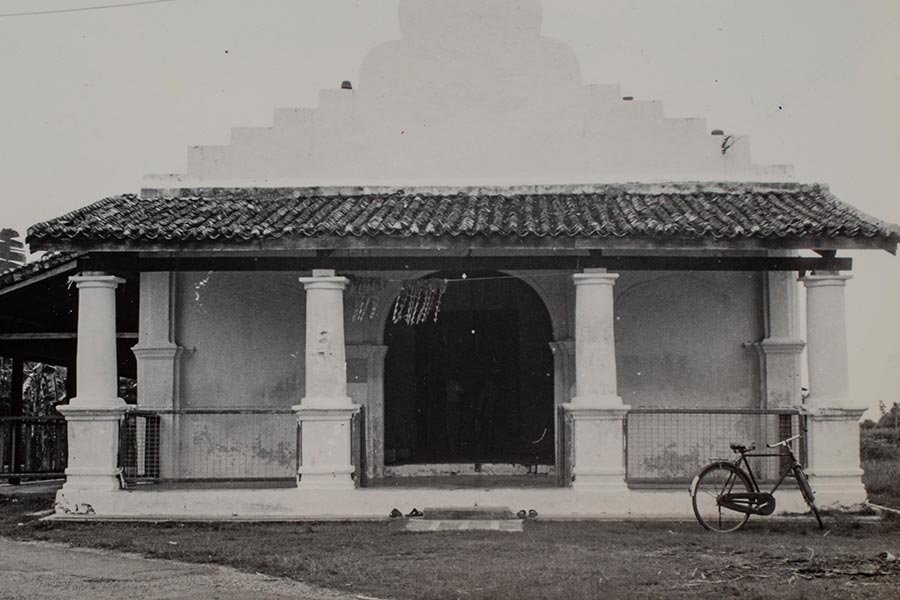
The Dutch granted agricultural land to the influential Chetti community outside the city walls in the late 18th century. Over time, the area, including Gajah Berang in Melaka, became a designated village for the Chetti Melaka.
The 18th and 19th centuries marked a significant decline in the community’s prosperity. With the arrival of the British in 1795, the community found employment in the civil service, especially in Kuala Lumpur, Singapore and other emergent towns outside Melaka.
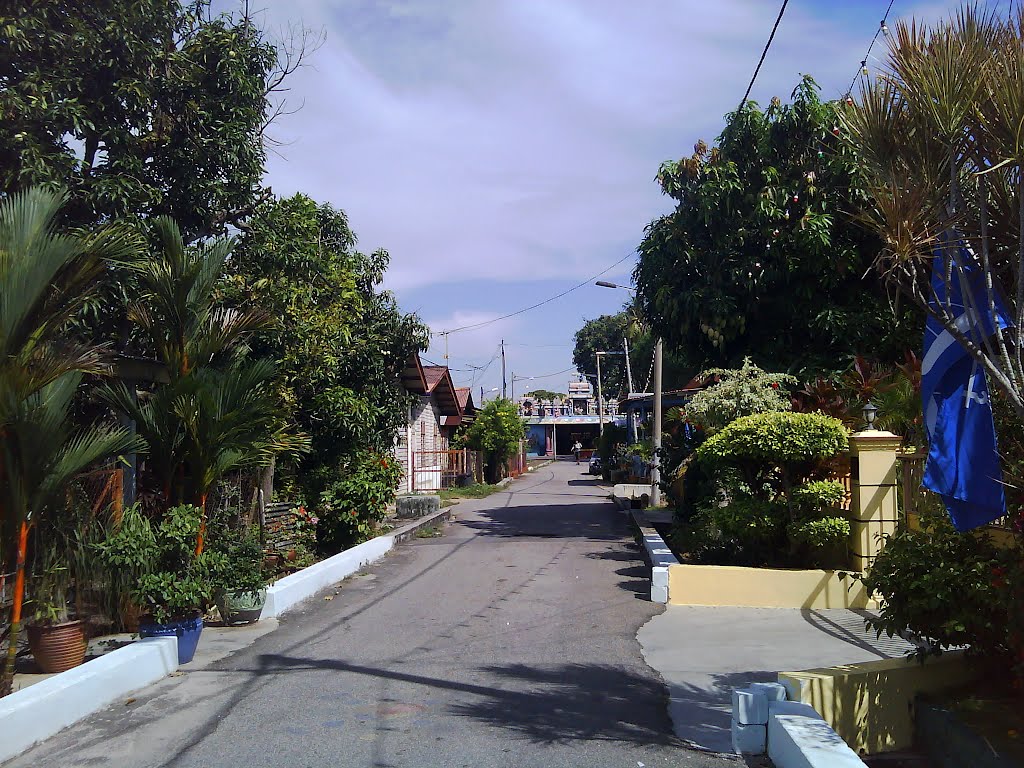
Today, most of the Chetti families live in Land Lots 28, 94, 118 and 138, in clusters around Gajah Berang, Bachang and Tranquerah, which constitute Kampung Chetti. This clustering of the community in Kampung Chetti has resulted in preserving the community’s distinct lifestyle and cultural heritage.


